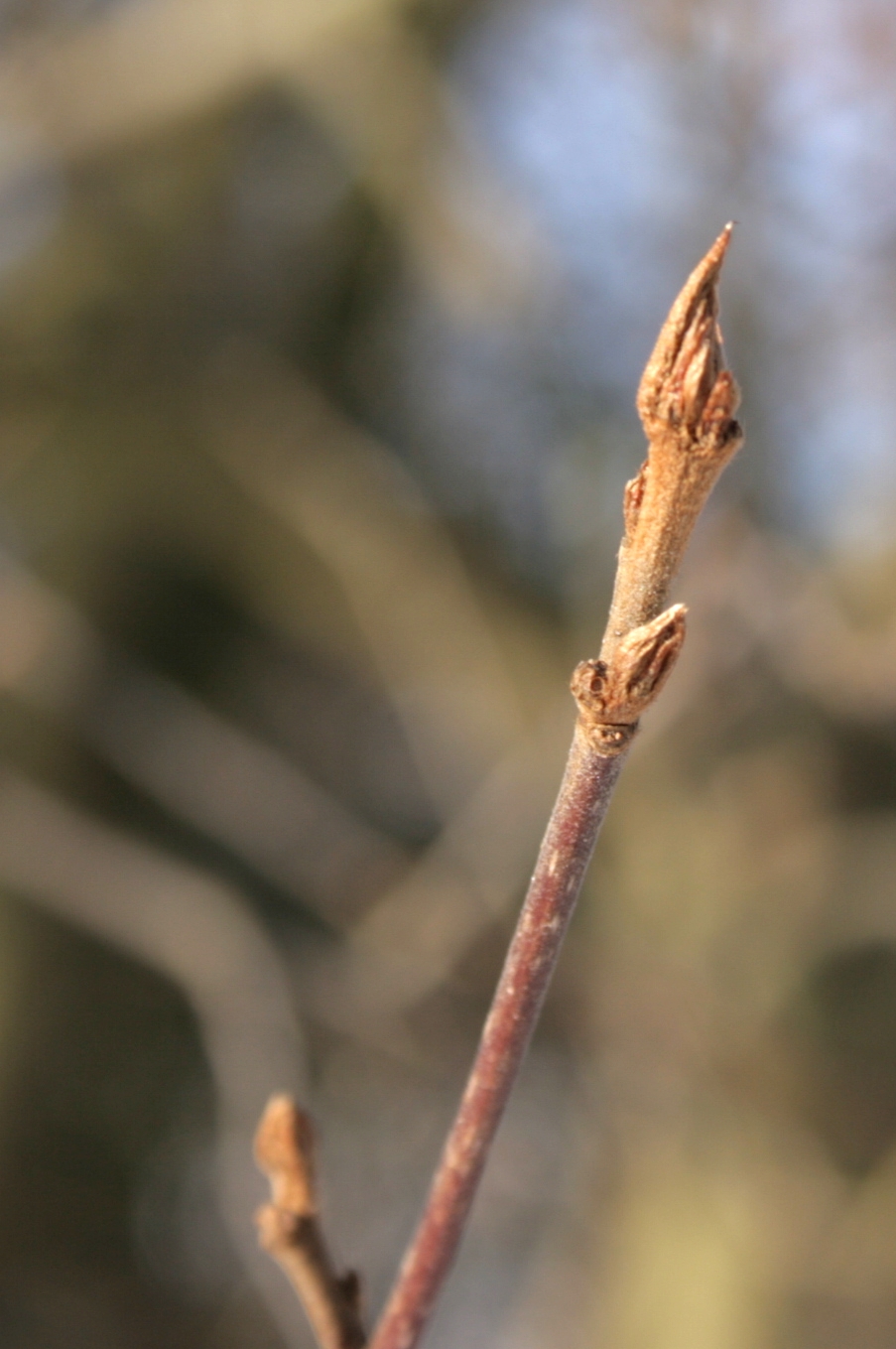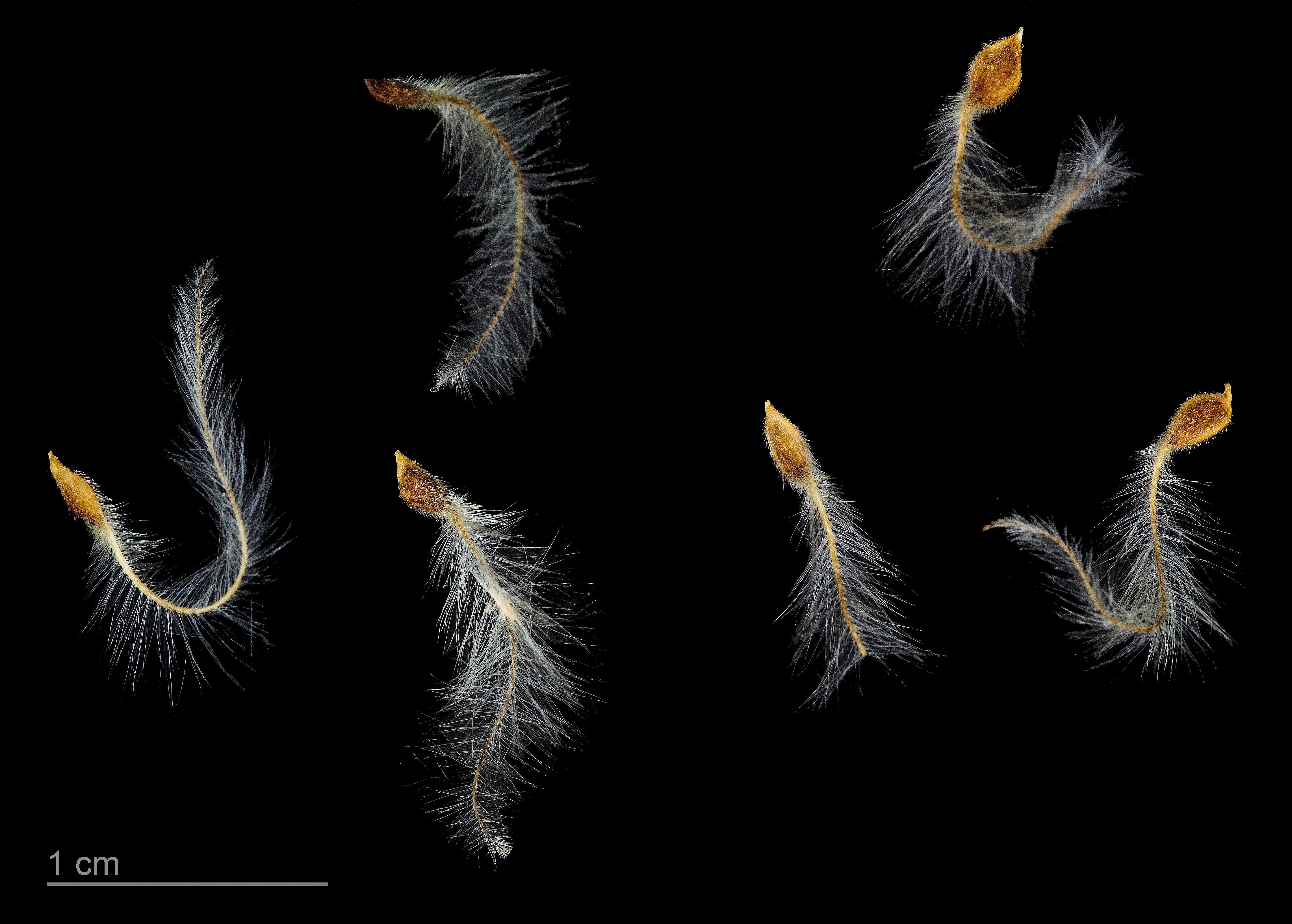|
Crocallis Tusciaria
''Crocallis tusciaria'', the smoky scalloped oak, is a species of moth of the family Geometridae. It is found from Morocco through southern Europe and Asia Minor to the Caucasus, northern Iran and Turkmenistan. The eastern range extends to the southern Ural. The wingspan is 31–40 mm. Adults are on wing from August to October in one generation per year. The larvae feed on the leaves of various plants, including '' Prunus spinosa'', ''Clematis vitalba'', ''Crataegus ''Crataegus'' (), commonly called hawthorn, quickthorn, thornapple, Voss, E. G. 1985. ''Michigan Flora: A guide to the identification and occurrence of the native and naturalized seed-plants of the state. Part II: Dicots (Saururaceae–Cornacea ...'', '' Frangula alnus'' and '' Berberis vulgaris''. Larvae can be found from May to June. The species overwinters as an egg. Subspecies *''Crocallis tusciaria tusciaria'' *''Crocallis tusciaria taurica'' Wehrli, 1934 References External links BioLib [...More Info...] [...Related Items...] OR: [Wikipedia] [Google] [Baidu] |
Moritz Balthasar Borkhausen
Moritz Balthasar Borkhausen (3 December 1760, Giessen – 30 November 1806, Darmstadt) was a German naturalist and forester. He took part in the production of ' by Johann Conrad Susemihl. He received his education in Giessen, and in 1796 started work as an assessor at the forestry office in Darmstadt. In 1800, he attained the title of ''Kammerrat'', followed by a role as counselor at the Oberforsthaus Collegium in 1804.Borkhausen , eLexikon : '''', 1888; Verlag des Bibliographischen Instituts, Leipzig und Wien, 4th edition , 1885–1892; vol. 3, p. 221 (PDF). As a botanist, he was the taxonomic author of |
Crocallis Tusciaria Pupa
''Crocallis'' is a genus of moths in the family Geometridae erected by Georg Friedrich Treitschke in 1825. Species * ''Crocallis albarracina'' Wehrli, 1940 * ''Crocallis auberti'' Oberthür, 1883 * ''Crocallis bacalladoi'' * ''Crocallis boisduvaliaria'' (H. Lucas, 1849) * ''Crocallis dardoinaria'' Donzel, 1840 – dusky scalloped oak * ''Crocallis elinguaria'' (Linnaeus, 1758) – scalloped oak * ''Crocallis friedrichi'' * ''Crocallis inexpectata'' Warnecke, 1940 * ''Crocallis matillae'' * ''Crocallis mirabica'' Brandt, 1941 * ''Crocallis pototskii'' Viidalepp, 1988 * ''Crocallis rjabovi'' Wehrli, 1936 * ''Crocallis tusciaria'' (Borkhausen, 1793) References * * Ennomini {{Ennominae-stub ... [...More Info...] [...Related Items...] OR: [Wikipedia] [Google] [Baidu] |
Moths Of Europe
Moths are a paraphyletic group of insects that includes all members of the order Lepidoptera that are not butterflies, with moths making up the vast majority of the order. There are thought to be approximately 160,000 species of moth, many of which have yet to be described. Most species of moth are nocturnal, but there are also crepuscular and diurnal species. Differences between butterflies and moths While the butterflies form a monophyletic group, the moths, comprising the rest of the Lepidoptera, do not. Many attempts have been made to group the superfamilies of the Lepidoptera into natural groups, most of which fail because one of the two groups is not monophyletic: Microlepidoptera and Macrolepidoptera, Heterocera and Rhopalocera, Jugatae and Frenatae, Monotrysia and Ditrysia.Scoble, MJ 1995. The Lepidoptera: Form, function and diversity. Oxford, UK: Oxford University Press; 404 p. Although the rules for distinguishing moths from butterflies are not well establis ... [...More Info...] [...Related Items...] OR: [Wikipedia] [Google] [Baidu] |
Ennomini
__NOTOC__ The Ennomini are a tribe of geometer moths in the Ennominae subfamily. They are large-bodied and rather nondescript Ennominae, overall showing many similarities to the closely related Azelinini and Nacophorini.Young (2008) Most have a beige to brown color, and they rarely possess the disruptive cryptic patterns seen in many other geometer moths. A typical ennomiine wing pattern consists of two or three costal to dorsal sections, one of which is often darker in color. There is rarely more than one conspicuous dark or light spot on each side of each wing, and many do not have any particularly prominent markings at all. Systematics '' Phaeoura'', which includes '' Phaeoura quernaria'' – the type species of the Nacophorini – nowadays, appears to be closer to the Ennomini than to the bulk of genera currently placed in the Nacophorini. It might be moved into the present tribe, making Nacophorini a junior synonym of Ennomini. The Lithinini and perhaps the Campae ... [...More Info...] [...Related Items...] OR: [Wikipedia] [Google] [Baidu] |
Moths Described In 1793
Moths are a paraphyletic group of insects that includes all members of the order Lepidoptera that are not butterflies, with moths making up the vast majority of the order. There are thought to be approximately 160,000 species of moth, many of which have yet to be described. Most species of moth are nocturnal, but there are also crepuscular and diurnal species. Differences between butterflies and moths While the butterflies form a monophyletic group, the moths, comprising the rest of the Lepidoptera, do not. Many attempts have been made to group the superfamilies of the Lepidoptera into natural groups, most of which fail because one of the two groups is not monophyletic: Microlepidoptera and Macrolepidoptera, Heterocera and Rhopalocera, Jugatae and Frenatae, Monotrysia and Ditrysia.Scoble, MJ 1995. The Lepidoptera: Form, function and diversity. Oxford, UK: Oxford University Press; 404 p. Although the rules for distinguishing moths from butterflies are not well est ... [...More Info...] [...Related Items...] OR: [Wikipedia] [Google] [Baidu] |
Berberis Vulgaris
''Berberis vulgaris'', also known as common barberry, European barberry or simply barberry, is a shrub in the genus ''Berberis'' native to the Old World. It produces edible but sharply acidic berries, which people in many countries eat as a tart and refreshing fruit. Description It is a deciduous shrub growing up to high. The leaves are small oval, long and broad, with a serrated margin; they are borne in clusters of 2–5 together, subtended by a three-branched spine long. The flowers are yellow, across, produced on long panicles in late spring. The fruit is an oblong red berry long and broad, ripening in late summer or autumn. File:Berberis-vulgaris-flowers.jpg, Leaves File:歐洲小蘗 Berberis vulgaris -匈牙利布達佩斯 Budapest, Hungary- (9216101912).jpg, Flowers File:Berberis vulgaris .jpg, Fruit Distribution and habitat The shrub is native to central and southern Europe, northwest Africa and western Asia; it is also naturalised in northern Europe, in ... [...More Info...] [...Related Items...] OR: [Wikipedia] [Google] [Baidu] |
Frangula Alnus
''Frangula alnus'', commonly known as alder buckthorn, glossy buckthorn, or breaking buckthorn, is a tall deciduous shrub in the family Rhamnaceae. Unlike other "buckthorns", alder buckthorn does not have thorns. It is native to Europe, northernmost Africa, and western Asia, from Ireland and Great Britain north to the 68th parallel in Scandinavia, east to central Siberia and Xinjiang in western China, and south to northern Morocco, Turkey, and the Alborz in Iran and Caucasus Mountains; in the northwest of its range (Ireland, Scotland), it is rare and scattered. It is also introduced and naturalised in eastern North America.Rushforth, K. (1999). ''Trees of Britain and Europe''. Collins .Flora Europaea''Frangula alnus''/ref>Den virtuella floran(in Swedish, with detailed maps) Stace, Clive, et al. ''Interactive Flora of NW Europe''''Frangula alnus''/ref> Description Alder buckthorn is a non-spiny deciduous shrub, growing to , occasionally to tall. It is usually multistemmed, bu ... [...More Info...] [...Related Items...] OR: [Wikipedia] [Google] [Baidu] |
Crataegus
''Crataegus'' (), commonly called hawthorn, quickthorn, thornapple, Voss, E. G. 1985. ''Michigan Flora: A guide to the identification and occurrence of the native and naturalized seed-plants of the state. Part II: Dicots (Saururaceae–Cornaceae)''. Cranbrook Institute of Science and University of Michigan Herbarium, Ann Arbor, Michigan. May-tree,Graves, Robert. ''The White Goddess: A Historical Grammar of Poetic Myth'', 1948, amended and enlarged 1966, New York: Farrar, Straus and Giroux. whitethorn, Mayflower, or hawberry, is a genus of several hundred species of shrubs and trees in the family Rosaceae, native to temperate regions of the Northern Hemisphere in Europe, Asia, North Africa, and North America. The name "hawthorn" was originally applied to the species native to northern Europe, especially the common hawthorn ''C. monogyna'', and the unmodified name is often so used in Britain and Ireland. The name is now also applied to the entire genus and to the related Asian ... [...More Info...] [...Related Items...] OR: [Wikipedia] [Google] [Baidu] |
Clematis Vitalba
''Clematis vitalba'' (also known as old man's beard and traveller's joy) is a shrub of the family Ranunculaceae. Description ''Clematis vitalba'' is a climbing shrub with branched, grooved stems, deciduous leaves, and scented greeny-white flowers with fluffy underlying sepals. The many fruits formed in each inflorescence have long silky appendages which, seen together, give the characteristic appearance of ''old man's beard''. The grooves along the stems of ''C. vitalba'' can easily be felt when handling the plant. This species is eaten by the larvae of a wide range of moths. This includes many species which are reliant on it as their sole foodplant; including small emerald, small waved umber and Haworth's pug. Range ''C. vitalba'' has a preference for base rich alkaline soils and moist climate with warm summers. The species is native to Eurasia and North Africa. United Kingdom In the UK it is a native plant and is common throughout England south of a line from the River M ... [...More Info...] [...Related Items...] OR: [Wikipedia] [Google] [Baidu] |
Prunus Spinosa
''Prunus spinosa'', called blackthorn or sloe, is a species of flowering plant in the rose family Rosaceae. The species is native to Europe, western Asia, and regionally in northwest Africa. It is locally naturalized in New Zealand, Tasmania, and the Pacific Northwest and New England regions of the United States. The fruits are used to make sloe gin in Britain and patxaran in Spain. The wood is used to make walking sticks, including the Irish shillelagh. Description ''Prunus spinosa'' is a large deciduous shrub or small tree growing to tall, with blackish bark and dense, stiff, spiny branches. The leaves are oval, long and broad, with a serrated margin. The flowers are about in diameter, with five creamy-white petals; they are produced shortly before the leaves in early spring, and are hermaphroditic, and insect-pollinated. The fruit, called a "sloe", is a drupe in diameter, black with a purple-blue waxy bloom, ripening in autumn and traditionally harvested – at lea ... [...More Info...] [...Related Items...] OR: [Wikipedia] [Google] [Baidu] |
Crocallis Tusciaria Larva
''Crocallis'' is a genus of moths in the family Geometridae erected by Georg Friedrich Treitschke in 1825. Species * ''Crocallis albarracina'' Wehrli, 1940 * ''Crocallis auberti'' Oberthür, 1883 * ''Crocallis bacalladoi'' * ''Crocallis boisduvaliaria'' (H. Lucas, 1849) * ''Crocallis dardoinaria'' Donzel, 1840 – dusky scalloped oak * ''Crocallis elinguaria'' (Linnaeus, 1758) – scalloped oak * ''Crocallis friedrichi'' * ''Crocallis inexpectata'' Warnecke, 1940 * ''Crocallis matillae'' * ''Crocallis mirabica'' Brandt, 1941 * ''Crocallis pototskii'' Viidalepp, 1988 * ''Crocallis rjabovi'' Wehrli, 1936 * ''Crocallis tusciaria ''Crocallis tusciaria'', the smoky scalloped oak, is a species of moth of the family Geometridae. It is found from Morocco through southern Europe and Asia Minor to the Caucasus, northern Iran and Turkmenistan. The eastern range extends to the so ...'' (Borkhausen, 1793) References * * Ennomini {{Ennominae-stub ... [...More Info...] [...Related Items...] OR: [Wikipedia] [Google] [Baidu] |
Moth
Moths are a paraphyletic group of insects that includes all members of the order Lepidoptera that are not butterflies, with moths making up the vast majority of the order. There are thought to be approximately 160,000 species of moth, many of which have yet to be described. Most species of moth are nocturnal, but there are also crepuscular and diurnal species. Differences between butterflies and moths While the butterflies form a monophyletic group, the moths, comprising the rest of the Lepidoptera, do not. Many attempts have been made to group the superfamilies of the Lepidoptera into natural groups, most of which fail because one of the two groups is not monophyletic: Microlepidoptera and Macrolepidoptera, Heterocera and Rhopalocera, Jugatae and Frenatae, Monotrysia and Ditrysia.Scoble, MJ 1995. The Lepidoptera: Form, function and diversity. Oxford, UK: Oxford University Press; 404 p. Although the rules for distinguishing moths from butterflies are not well establishe ... [...More Info...] [...Related Items...] OR: [Wikipedia] [Google] [Baidu] |






